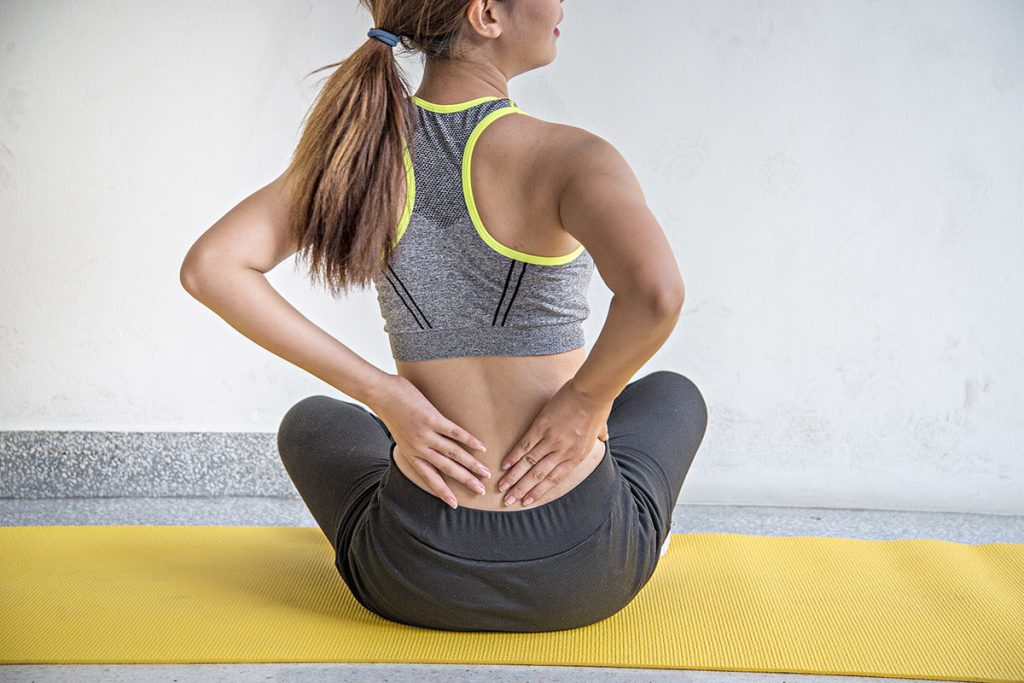Content Attributes
Yoga has become a popular alternative or complementary form of medicine that most people are embracing. But while it’s considered effective in relieving pain, a new study has found that yoga can also lead to musculoskeletal injuries. These injuries can occur in any body part, particularly the shoulders, knees, neck, hamstrings, and lumbar spine. In certain circumstances, yoga can worsen existing injuries instead of relieving pain.
Identifying Musculoskeletal Injuries Related to Yoga
Practitioners can identify musculoskeletal injuries related to yoga through sonographic, radiographic, MRI, and CT tests. For instance, a knee MRI exam can identify bone and soft tissue injuries, including dislocations and tendinous or muscular tears. It’s important to understand that yoga is an exercise just like any other. While it comes with benefits, it can also lead to musculoskeletal injuries.
One study found that pain caused by yoga happens to about 10% of the people practicing it and aggravates 21% of existing injuries. In terms of how severe the pain was, the study found that the injuries were so severe that they prevented yoga participation for about three months. Most new yoga pains occurred on the elbow, wrist, shoulder, and hand and were caused by poses such as the downward dog, which puts a lot of pressure on the upper limbs.
The Risks Associated With Yoga
While yoga has many physical and mental health benefits, some risks are involved. Because of the different teaching styles and yoga practices, individuals should employ caution. Yoga needs to be tailored to an individual’s needs. Although the cases are few, yoga injuries such as cervical artery dissection, traumatic lymphocele, pneumomediastinum, and various musculoskeletal lesions have been reported. For example, vertebral artery dissection can be caused by minor neck or head trauma during yoga.
Pneumomediastinum and subcutaneous emphysema can occur after a Valsalva maneuver during pranayama practice. Similarly, rectus sheath hematoma is also associated with this practice. Headaches are among the most frequent symptoms related to yoga, which requires imaging. The frequent headaches caused by a yoga practice called asana aren’t surprising.
Muscle tension in the musculature of the neck and head is likely to lead to tension headaches. Flowing forms of yoga such as vinyasa, power yoga, and ashtanga involve repetitive and connected postures that require individuals to flex their shoulder joints. If the individuals’ shoulders aren’t flexible, certain parts like the rhomboid and trapezius become overused, leading to spasms.
Inverted postures such as the headstand and shoulder stand can strain the neck significantly, especially with poor alignment. That’s because the body weight is directed downwards towards the neck, shoulder, and head.
Musculoskeletal Injuries Associated With Yoga
Yoga postures can be quite demanding. They require individuals practicing it to be flexible and have a good amount of strength. Aside from that, they also need to perform these postures safely to enjoy the benefits of yoga. However, in a large class without enough guidance, new practitioners may try new postures that their bodies aren’t ready for. Even if a posture doesn’t lead to immediate injury, when performed wrongly, the continuous strain will eventually lead to serious injuries.

The rotator cuff is especially vulnerable in forms of yoga that require individuals to place their weight on their hands. One of those postures that pose a risk to the cuff rotator is the sun salutation. Going through different poses while putting your weight on your hands is likely to impact the rotator cuff.
On the other hand, yoga poses that require squatting can lead to overstretching of the Achilles tendon. However, as the posture doesn’t cause too much impact, a tear in the Achilles is only likely to happen if an individual has already strained the tendon. In the knees, the yoga poses likely to lead to injuries are associated with a lotus or half-lotus position. Individuals whose groins and hip joints aren’t flexible enough to accommodate this posture can suffer from the narrowing of the medial joint space.
Skilled individuals that try advanced poses, such as placing the leg behind the head, can strain the distal biceps tendon, iliotibial band, and lateral collateral ligament. In addition, because such a posture requires extreme stretching and flexion, it can lead to the tearing of the acetabular labrum. If the intervertebral disk is already deteriorating, forward folding postures will increase pressure on the disk, leading to disk herniation.
Prevalence of Yoga Injuries
More women practice yoga than men, meaning more suffer from yoga-related musculoskeletal injuries. However, men are at a relatively higher risk of being injured than women. They tend to have a ‘go for it’ attitude and try riskier poses that their bodies may not be ready to accommodate. Most individuals forget that while yoga may require you to challenge yourself, you shouldn’t strain yourself. It’s also important to match yoga to an individual’s needs. This may be hard to achieve in huge yoga classes, but that doesn’t mean it’s impossible.
From the study, yoga-related musculoskeletal injuries can occur as an acute event, chronic repetitive strain, or a combination of both. And from the imaging of yoga injuries, fibrocartilages, and tendons are the most susceptible to injuries.



